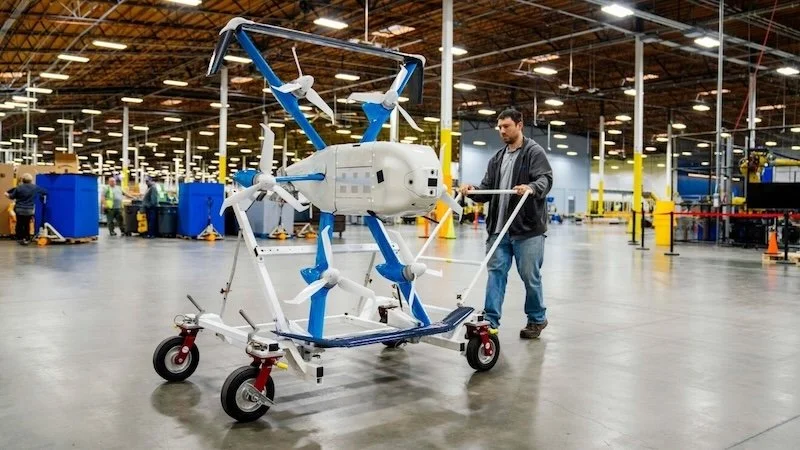Crunching numbers to ensure success: three key things a retailer must remember
By Alexandra Frith, Customer Engagement at Retail Pro International
Analytics are important for retailers to understand who their customers are, what they are buying and when they are spending. Even with the multitude of analytics tools available, too many retailers are not using them to their full potential. Employing analytics and analysing the data they yield can be profitable. According to IBM, 62% of retailers report that the use of Big Data and analytics tools is creating a competitive advantage for their businesses.
With mobile PoS, digital wallets and rapid transformation of technology used throughout retail, the amount of data created is tremendous. But data alone without analytics is worthless. The information must be gathered, analysed and then stored so it can be compared against in the future. Today it’s easier than ever for retailers to utilise a technological solution that can gather, digest data and plan for the following month.
All that data can help retailers provide more personalised offers and other communications. And the data can be gathered from multiple locations in real time, so reports can be produced in minutes rather than days or even weeks. This can ensure that retailers have the right inventory, at the right time and in the right categories; maximising profit efficiency and profitability, whilst reducing any chance of risk. Any changes can be made, in rapid response to problems, inventory issues or customer traffic patterns. Long gone are the days of waiting for an end-of-month report to change course.
However, there are a few important things to remember to make the most of actionable data with your vendors, according to research from Askuity:
When data is managed and distributed by a single power user within the company, brands are less likely to bring data insights into buyer meetings. Instead, provide self-service access to PoS data for all team members, and you’ll develop a culture of sharing information.
28% of companies say that they are not actively using the PoS data being made available to them by their retailers. That’s a waste of time and talent. Share the information so you can sell a targeted product to prospects you know will be interested. The data you’ve collected is a tool to share with your business partners so you can both improve sales.
77% of brands believe they can be doing more with the data to improve their businesses. But the companies that are already doing a better than average job can’t let it rest: Brands who consider themselves leaders in the space are even more confident, with 80% believing they can improve. Point of Sale analytics is becoming a necessity for every brand hoping to create and sustain success at retail. It provides a means for continuous improvement that will serve the companies that employ them well.
In today’s market it is essential that retailers use the data available to them in a bid to maximise profitability and remain competitive. Technology can help retailers ensure stock availability, keep their stores current and increase sales. This provides a greater experience for the customer as they come to enjoy a store that has been created in line with current key trends and has good stock availability.










Continue reading…